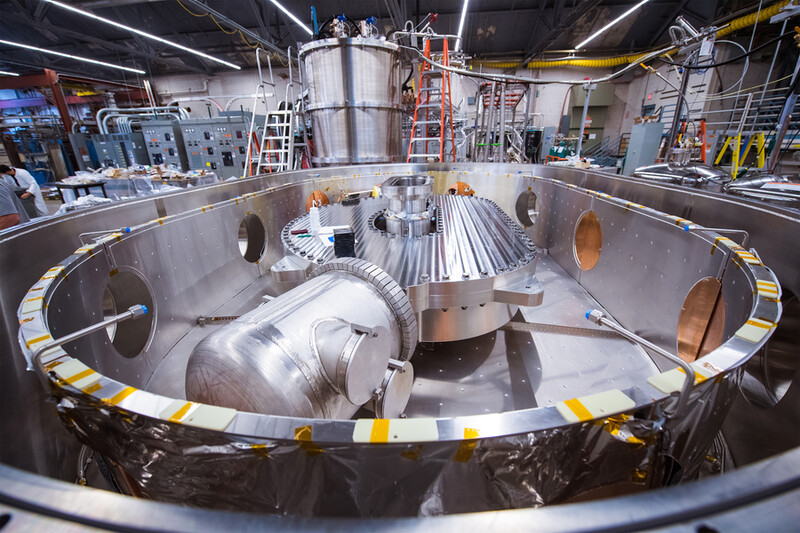The problem: In 2021, when MIT researchers proved that nuclear fusion — how stars combine atoms to generate energy — could be replicated to provide power here on Earth, there was a caveat: The superconducting magnets needed were so large and costly that the process was light-years away from being practical.
The solution: The MIT team added a newer material called REBCO (short for rare-earth barium copper oxide) to those superconducting magnets, which allows them to operate when cooled to 20 kelvins (roughly -253°Celsius). That’s still frigid, and only 16 kelvins warmer than the previous magnets, but it helps make the cost per watt generated 40 times cheaper.
They also stripped out the system’s insulation. Like electrical wires, superconductors are insulated to prevent short circuits, but REBCO is so conductive that there’s a much smaller risk of shorts. Running the system at a lower voltage without insulation makes it even simpler and faster to manufacture, making it feasible to provide energy in real-world power plants.
